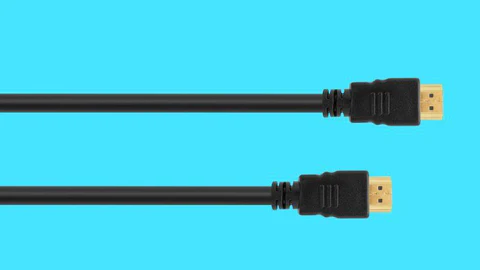How long can HDMI cable be
Discover the maximum length of HDMI cables, tips to maintain signal integrity, and solutions for long-distance setups

Have you ever found yourself standing in a room, HDMI cable in hand, wondering how long can HDMI cable be to bridge the gap between your devices? It’s one of those surprisingly frustrating moments. You think you’ve got everything set up perfectly, only to realize that your screen remains stubbornly blank. You’re not alone—thousands of tech enthusiasts and average users alike face this dilemma when figuring out how long can HDMI cable be.
The Burning Question: How Long Can an HDMI Cable Be? HDMI cables are fantastic for transmitting high-quality audio and video signals between devices. But when it comes to length, things start to get tricky. Typically, HDMI cables work flawlessly up to around 15 feet (5 meters). Beyond that, signal quality might begin to degrade, leading to flickering screens, loss of audio, or complete signal failure. It’s crucial to know how long can HDMI cable be to ensure uninterrupted performance.
Of course, it’s not just about the distance but also the quality of the cable. High-speed, well-shielded HDMI cables may stretch up to 50 feet without losing signal quality. However, once you move past that, you’re stepping into the realm of signal boosters, active HDMI cables, and fiber optic solutions. These options are especially important when dealing with HDMI cable length limit or HDMI signal degradation over distance.

The Reality Check: What Happens Beyond 50 Feet? Picture this: You’re setting up a home theater system with a projector mounted at the back of the room, easily 30 feet away from your media player. You grab your longest HDMI cable, plug it in, and… nothing. It’s disheartening, especially after all that effort. This is where signal boosters and active HDMI cables come into play. Active cables amplify the signal to ensure it reaches its destination without distortion or loss. Alternatively, fiber optic HDMI cables can carry the signal over even longer distances—up to 300 feet—with no noticeable drop in quality.
Practical Tips to Make It Work If you’re going the distance, keep these tips in mind:
- Invest in high-quality, certified HDMI cables to reduce the risk of HDMI signal degradation over distance.
- Use active HDMI cables or signal boosters for longer runs to maintain the HDMI cable maximum distance without loss.
- Consider HDMI over Ethernet solutions if you need extreme distances while maintaining optimal performance.
- Always test your setup before finalizing your installation to avoid headaches later.

Final Thoughts: Make Distance Your Ally, Not Your Enemy Whether you’re setting up a conference room, a home theater, or just rearranging your living room, HDMI cable length shouldn’t hold you back. Embrace new technologies, choose quality components, and plan your layout wisely. After all, there’s nothing more satisfying than pressing play and seeing your favorite movie light up the screen—without a hitch.
Sometimes it’s the little victories that matter most. Getting your setup just right? That’s one of them.t’s one of them.


Average Rating